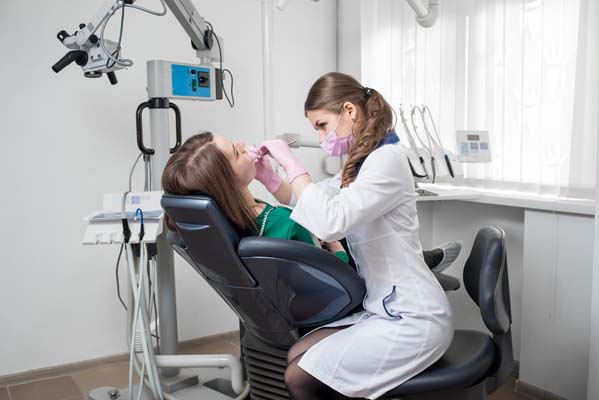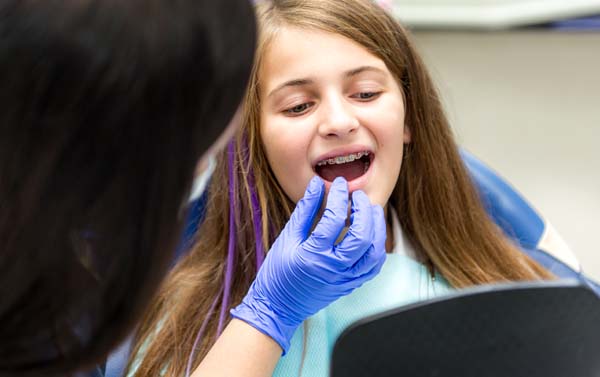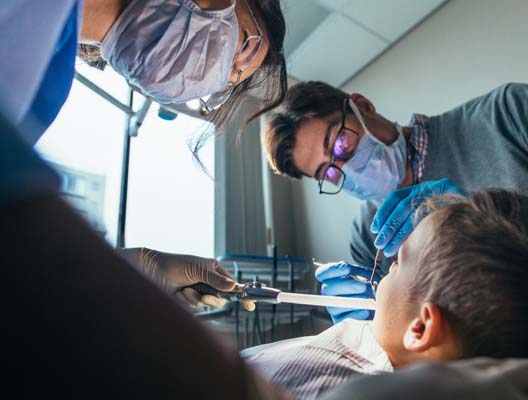5 Common Orthodontic Emergencies

Orthodontic emergencies can happen at any time, but a lot of the problems people with orthodontics can be temporarily fixed at home. In some rare cases, there are orthodontic emergencies that require immediate attention.
Differentiating between major and common orthodontic emergencies
When it comes to orthodontic emergencies, you do not need to panic unless you are suffering from one of these conditions:
- Infection or swelling of the gums
- Severe pain
- Trauma to the teeth or face
If you suffer from any of these conditions, you need to seek immediate dental help. If you do not, these tips will help you take care of common orthodontic emergencies that do not require immediate assistance.
5 common orthodontic emergencies
1. Broken or loose brackets and bands
This is one of the most common problems people with braces have. It is caused by frequently eating hard foods or candy, but it can also be caused by constantly touching or trying to move the braces.
If the band or bracket is still attached to the wire, do not tamper with it, just leave it as it is until you can see your dentist. If it is causing irritation inside your mouth, you can cover the loose parts with orthodontic wax. If the brackets fall off, store them and take them with you when you go to see your dentist.
2. Soreness
People experience general soreness when they get their braces in for the first time and when they go in for their adjustments. The soreness usually persists for three to five days.
You can relieve the pressure by rinsing your mouth with salt water. Simply mix one teaspoon of salt with eight ounces of warm water and use the solution to rinse your mouth. If the soreness persists, manage the pain with aspirin until your appointment with your dentist.
3. Loose wires
If you have loose or broken wires, you can remove the piece that is poking out by pulling it out with a pair of tweezers. If the wire is not broken but it is poking out and cutting the inside of your mouth, you can turn the protruding part to the side and hold it in place with orthodontic wax until you get to see your orthodontist.
4. Loose teeth
When you get braces, your teeth loosen slightly, which helps them shift in the desired direction. However, some people experience some tenderness and discomfort because of the movement of the teeth. If you are in pain because of the movement of your teeth, you should take an over-the-counter pain reliever and rinse your mouth with warm salt water to reduce the pain.
5. Headgear pain
Having headgear is initially uncomfortable but you get used to it the longer you wear it. If the discomfort from the headgear does not subside, you can get temporary relief with over-the-counter painkillers before your scheduled appointment with your dentist.
Conclusion
Most common orthodontic emergencies can be treated with home remedies before your appointment with your orthodontist. If you need more information on how to deal with orthodontist emergencies, we invite you to contact us today.
Check out what others are saying about our services on Yelp: Read our Yelp reviews.
Recent Posts
A pediatric dentist works with your child to treat their condition and teach them the importance of oral health from a young age. Misalignment and malocclusions are quite common in children and adolescents as their teeth develop. There are several reasons a child might require braces. Treating these conditions early on can help guide their…
Even though braces are common among teenagers, getting them is a new orthodontic experience for every patient. Teens and their parents tend to have many questions about braces and other orthodontic treatments for teens, when to get braces, and what having braces will be like. Here are some of the most common questions orthodontists hear…
Generally, a retainer is the last vital stage of orthodontic treatment. The appliance, made from metal and plastic, is personalized for each patient to fit perfectly into the wearer’s mouth. After braces or other orthodontic devices have corrected the alignment of the teeth, the retainer functions to stop them from shifting back to their previous…
Invisalign® is a common type of invisible braces that is developed by Align Technology. Many dentists around the world have used this treatment to fix dental problems. Invisalign is basically a removable orthodontic appliance. It is often offered as an alternative to traditional solutions. It is a good option for people who want a less…


